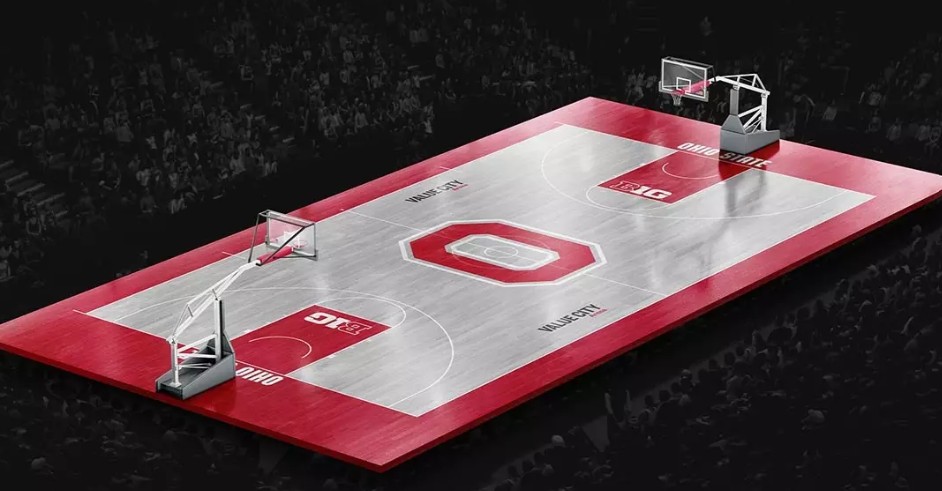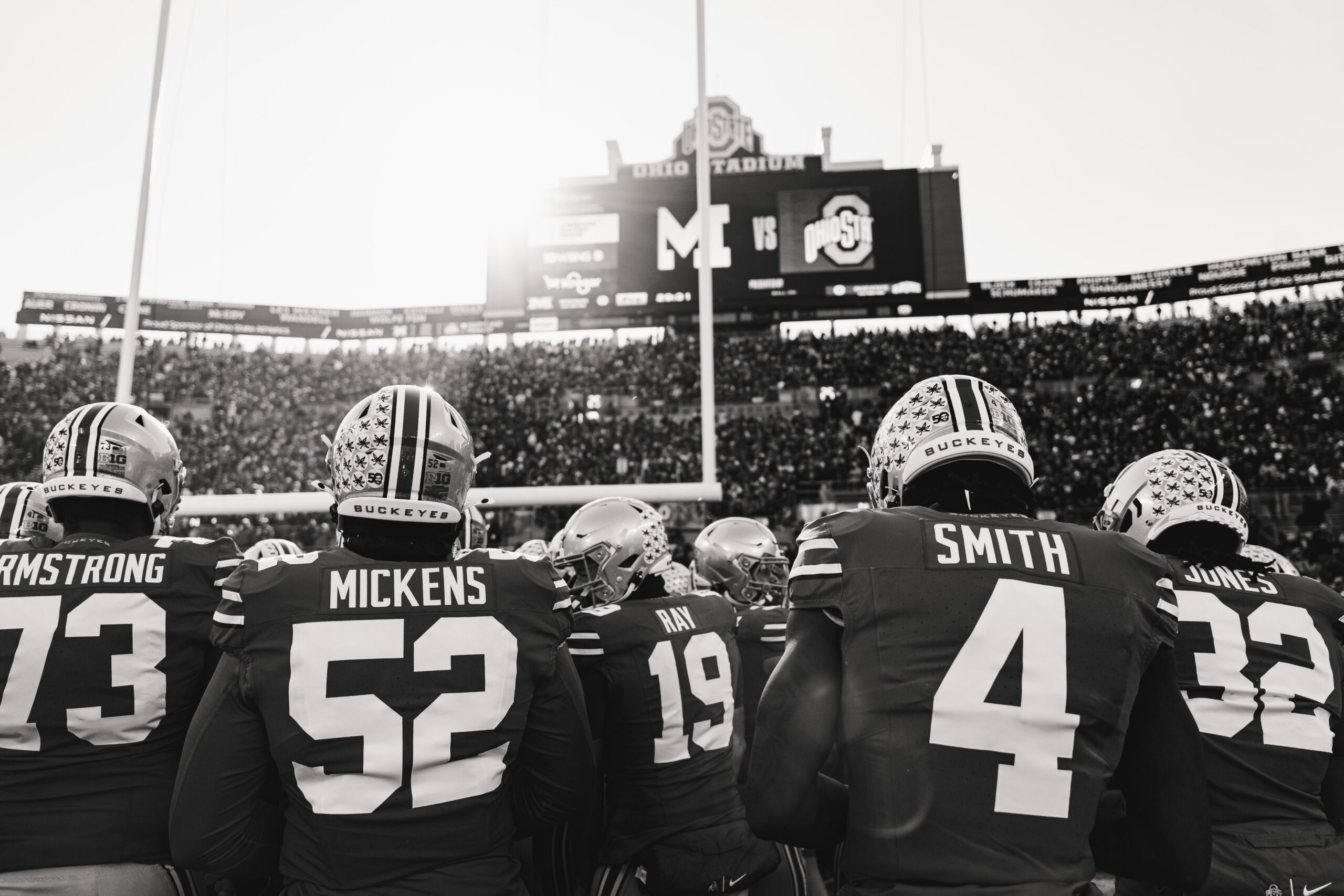
One of the primary obstacles hindering a robust home court advantage at Value City Arena is its stagnant environment. Unlike St. John’s Arena, which radiated history and character, Value City Arena seems frozen in time, lacking the dynamic atmosphere that fuels player and fan enthusiasm. The failure to adapt and evolve the arena over the years has left it devoid of the energy and vibrancy that accompanies a thriving home court.
St. John’s Arena, with its intimate setting and distinctive charm, provided an electric environment that resonated with the Buckeyes’ success. The Value City Arena, while modern in structure, lacks the personality and intimate connection with the team’s legacy, resulting in a subdued ambiance that fails to elevate the home court advantage.
Poor Attendance and the Ghosts of St. John’s:
Another glaring issue contributing to the Ohio State basketball team’s struggle for a home court advantage at Value City Arena is the persistently poor attendance. The echoes of a time when St. John’s Arena reverberated with passionate fans remain vivid in the collective memory of Buckeye Nation. However, Value City Arena has struggled to replicate the fervor that once filled its predecessor.
St. John’s Arena, with its smaller capacity, ensured a more intimate and engaged audience. The fans were not just spectators; they were active participants, fueling the team’s performance with their collective energy. The transition to Value City Arena, with its larger seating capacity, has unfortunately led to a dilution of this intimate connection. The visible empty seats and lack of raucous cheers diminish the impact of home court advantage, leaving players without the unwavering support they once enjoyed.
The Echoes of History: St. John’s Arena’s Legacy:
Perhaps the most significant factor contributing to the lackluster home court advantage at Value City Arena is the absence of the rich history that permeated St. John’s Arena. St. John’s was not just a venue; it was a sacred space that witnessed the triumphs, defeats, and defining moments of the Ohio State basketball team. The walls of St. John’s resonated with the cheers of past victories, creating an unparalleled sense of pride and identity for Buckeye fans.
In contrast, Value City Arena, despite its modern amenities, struggles to forge a connection with the team’s historic triumphs. The absence of a tangible link to the past leaves the arena feeling like a soulless backdrop rather than a living testament to the legacy of Ohio State basketball. The weight of tradition and history that once fueled the team’s success is noticeably absent, creating a void that impacts the overall home court advantage.
Conclusion:
The tale of Value City Arena’s struggles in providing a formidable home court advantage for the Ohio State basketball team is underscored by its stagnant environment, poor attendance, and the stark absence of the historical resonance that characterized St. John’s Arena. To reclaim the electric spirit that once defined their home games, the Buckeyes and their administration must address these shortcomings, infusing Value City Arena with the passion, history, and fan engagement that are essential components of a thriving home court advantage. Only by recognizing and rectifying these challenges can Ohio State rekindle the magic that once made their home court a fortress of victory.












